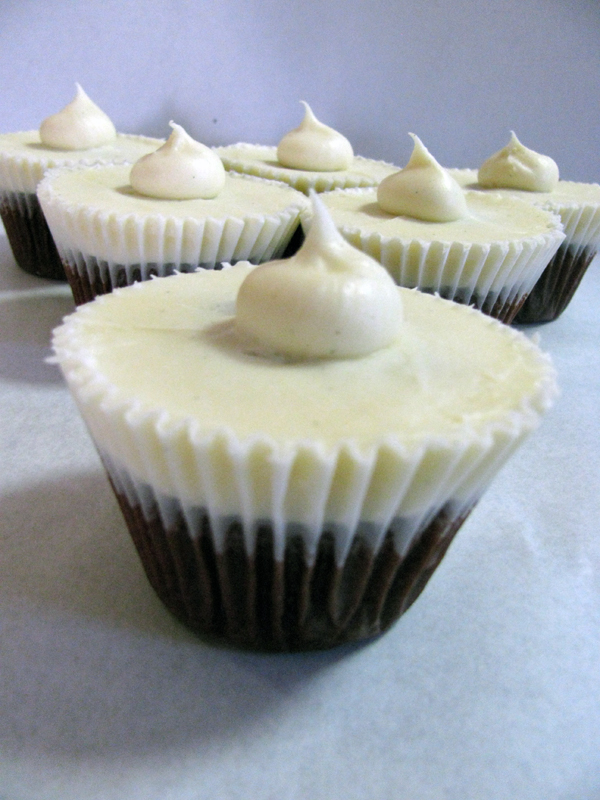- January 23rd, 2012
- Comments Off on Red Velvet Cupcake – A Red Mystery
Since around the middle of this past summer we’ve started carrying Red Velvet cupcakes in our bakery. It started off simply as someone asking for some in a catering order, and developed into us enjoyed the slightly tangy and wonderfully moist bits of heaven so much that we decided to make it stick. We can all agree that red velvet cupcakes are delicious, and they sure settle nicely in moments when our stomachs don’t want to handle the thicker chocolate cupcakes, but the question is: what is the real difference?
 It’s assumed that red velvet cake is some divine creation, and that the red color of it is some indicator of some deeply delicious secret. Answer is: red velvet cake is just another type of chocolate cake, albeit one that many flock to in moments of cravings and pure delight.
It’s assumed that red velvet cake is some divine creation, and that the red color of it is some indicator of some deeply delicious secret. Answer is: red velvet cake is just another type of chocolate cake, albeit one that many flock to in moments of cravings and pure delight.
Red Velvet is claimed to be an American creation, popular in the south since at least the 1870s, and winning more than just a “Mama’s cookin’” reputation in the 1950’s thanks to New York hotels, particularly the Waldorf-Astoria. There’s evidence that the cake traveled across borders around that time (Eaton’s department store introduced the cake in the 60’s over in Canada), but otherwise the background of the cake is shrouded in a veil of scrumptious mystery. The red coloring of the cake was originally a simply scientific matter as opposed to a moment decorative ingenuity. Certain chemical reactions occurred between alkaline, found in baking soda and powder, and acid found in buttermilk and vinegar that browned the cocoa turning it reddish, and can even be seen in recipes with blueberries which then turn greenish. It also helped that chocolate has alkaline in it, furthering the red color that occurred in the cake.
Since then, bakers have enjoyed the color in the cake so much, they’ve sought to enhance it. The use of red food dye and beets is commonly found to redden recipes. This was an especially popular practice during World War II, because of food rationing. Bakers began boiling beets and using it in cakes, which of course reddened it and also helped to retain moisture in the cakes, thus making their cakes more appealing than perhaps the neighboring baker’s plain brown cakes.
Now, Red Velvet is popular at just about any social event, from birthday parties to weddings and even just casual strolls down the street. If you’re like me, you see them as comfort cake, and find the nice contrast between the deep red and bright white to be a little fancier than regular chocolate cakes. I definitely find myself more inclined to bake this particular chocolate cake over others in times when my affection takes the form of dessert-making, and needless to say, the moment when I revealed to my mom that it really is just chocolate I felt like a parent breaking the news that the Tooth Fairy isn’t real. (For all you Tooth Fairy believers, this is purely a hypothetical situation, of course!) Whatever the reason for their popularity though, the red velvet recipe has found a nice and cozy home in our bakery. It took several recipe tweaks and Natalie had quite a time making sure the cream cheese frosting wasn’t too starchy, melty, or sweet— but according to her she’s “made it perfect;,” I and our customers tend to agree. If you don’t see any in our bakery case, just ask one of our servers and happily scurry up to the bakery to grab some more.
